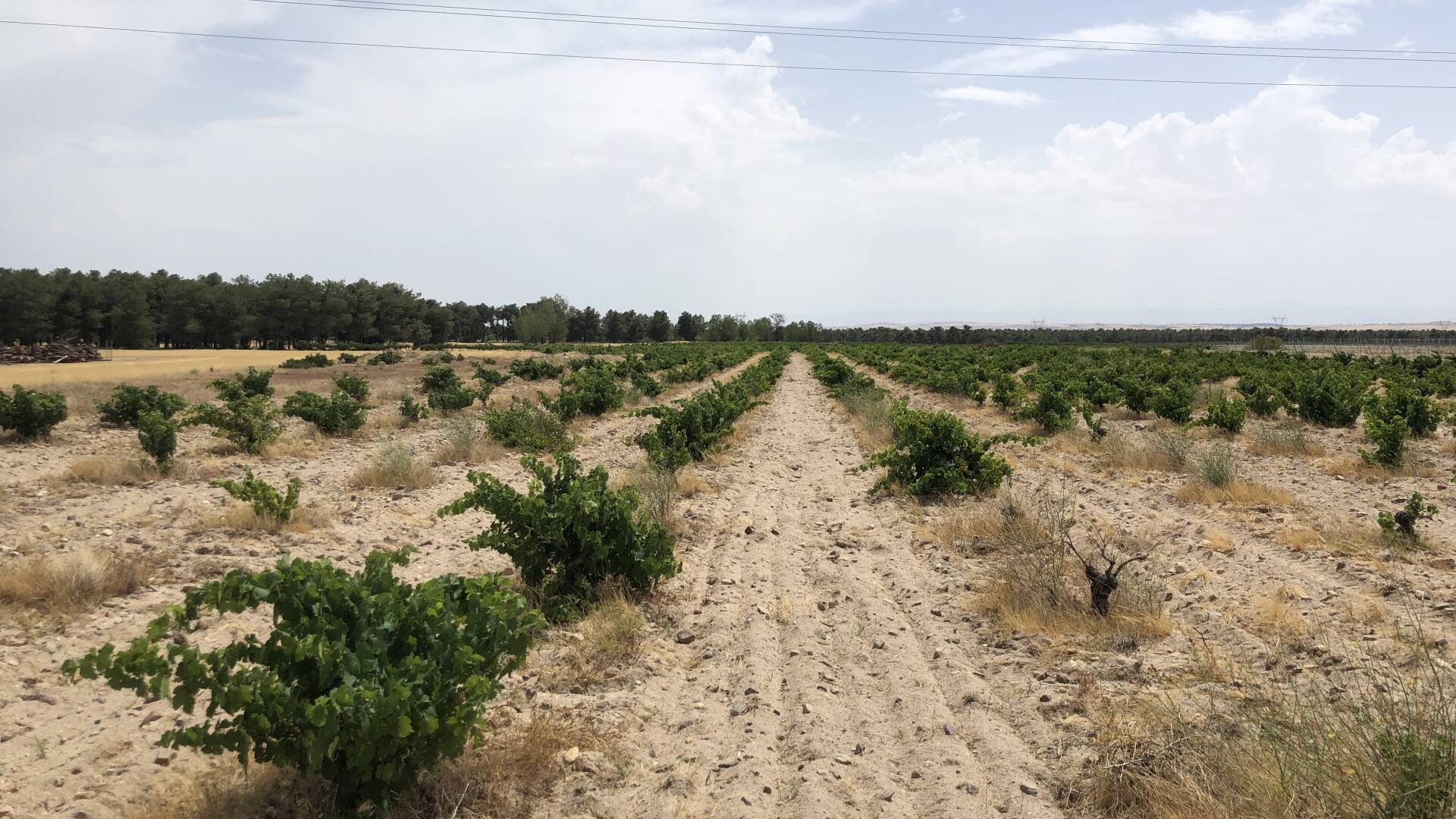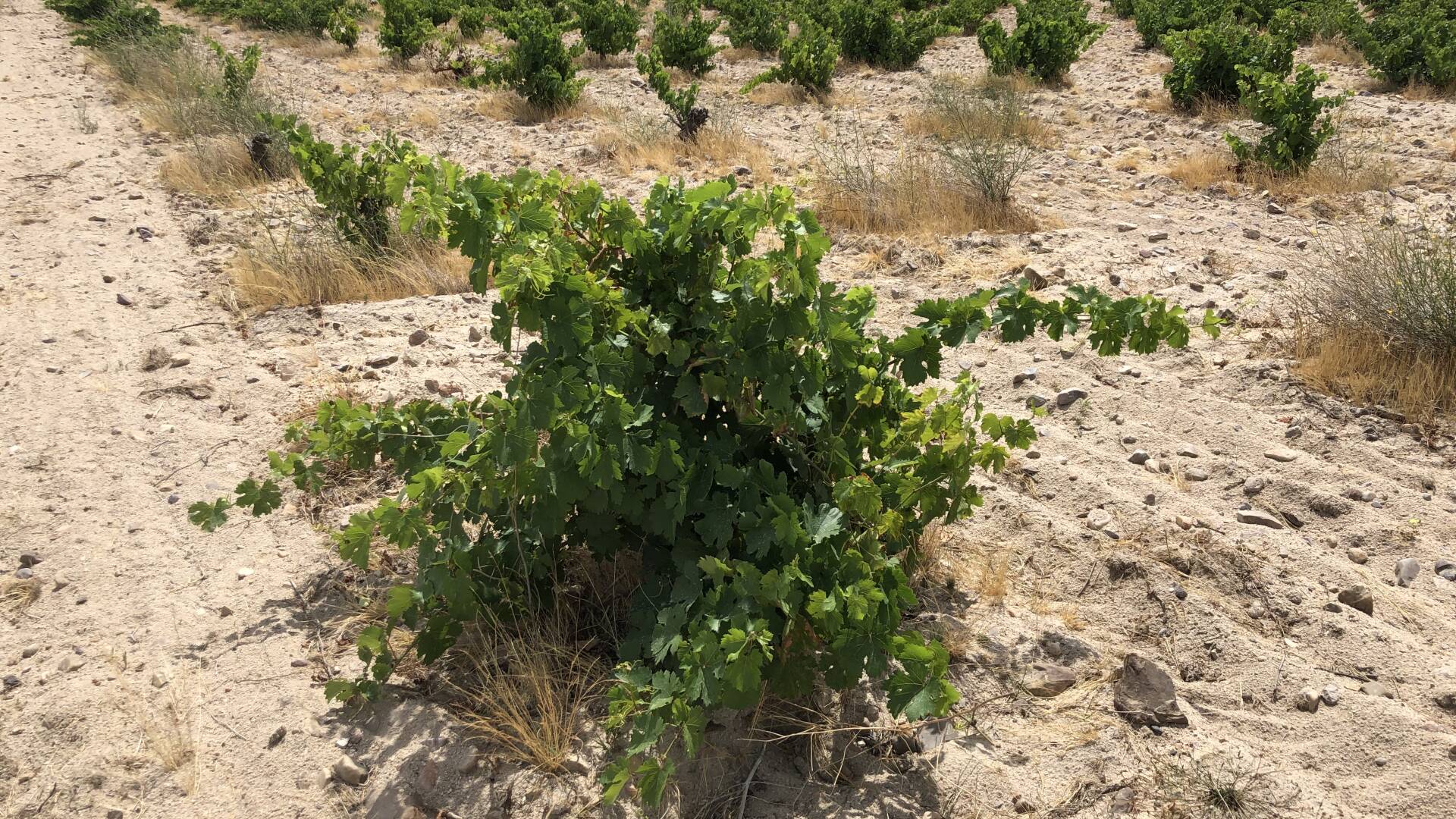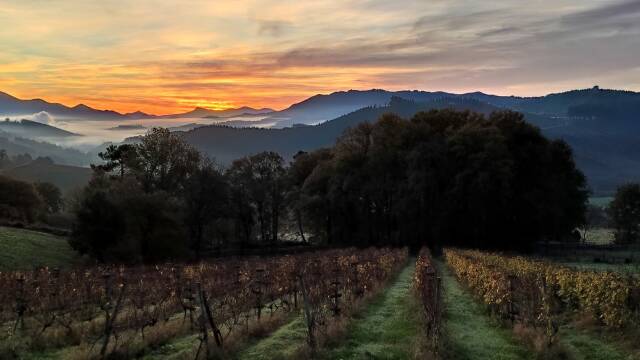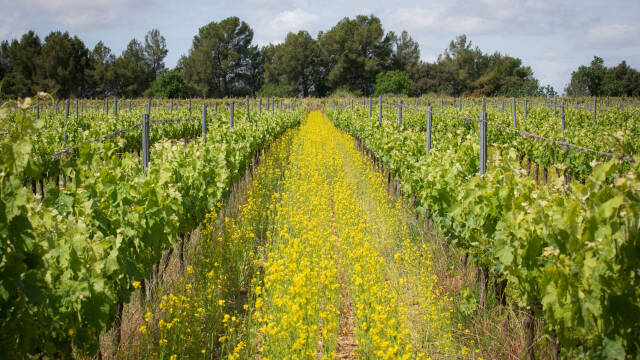Rueda wine entered the Spanish ideology as a fresh, varietal and cheap wine, an image that has been modified in recent years. The problem arose mainly from the wineries that were more focused on quality, which found it difficult to sell their best wines at higher prices. Perhaps this whole story is reminiscent of what Cava has experienced in recent years.
Aware of the low retail prices and the fact that Rueda was feeding an image that clashed directly with the values of its premium wines, in 2021 the DO decided to create the Gran Vino de Rueda distinction, a seal that tried to transmit the values of the great wines of the territory through certain limitations in their production, mainly linked to the yield per hectare, the average age of the vineyard and the degree of extraction from the grape.
"The aim is that the winemakers of the area can experiment and obtain the maximum potential of the permitted varieties, especially of our native variety, the Verdejo. We want to demonstrate its versatility and ageing capacity, making wines that will position the Rueda brand in haute cuisine," said Carmen San Martín, then president of the appellation.
The idea is positive, however, while on the one hand the aim is to demonstrate this versatility, on the other hand, in the Regulatory Board tastings, any wine that does not follow the religious stylistic pattern is prevented from being released. This overzealousness in protecting a global Rueda style has led them to homogenise the tasting of their wines to such an extent that they all seem the same. Fresh, herbal, with good acidity and very balanced, but very similar to each other. The great differentiation is found in the ageing on lees and above all in those wines that have taken a risk with the concept of time and the development of aromas and flavours typical of their evolution in the bottle.
The Great Wines of Rueda
Rueda has among its ranks high quality wines, as we have been able to verify after analysing more than 220 samples during our last visit. You can consult all these tastings and evaluations of their wines by clicking here. Great wines ranging from their excellent and traditional Dorado wines, which are a pure genius, to the whites with some degree of ageing, either on their own lees or in oak barrels. However, something is being lost in the way of Rueda, where 42% of the wines tasted reach or exceed 90 points. Other areas such as Valdeorras (63% of its wines reach or exceed 90 points) or Rías Baixas (64%) seem to have taken the lead in the struggle to be the top producer of white wines in Spain, and this despite the potential of old vines growing traditional Verdejo with adjusted yields. It is implausible to see how the doors are closed to other winemaking processes or to visions that bring new styles. Many of these rejected wines will end up labelled as Vinos de la Tierra or Vino de Mesa, when they could be contributing content and diversity to the appellation itself, something that would benefit all its producers.

 Log in
Log in









